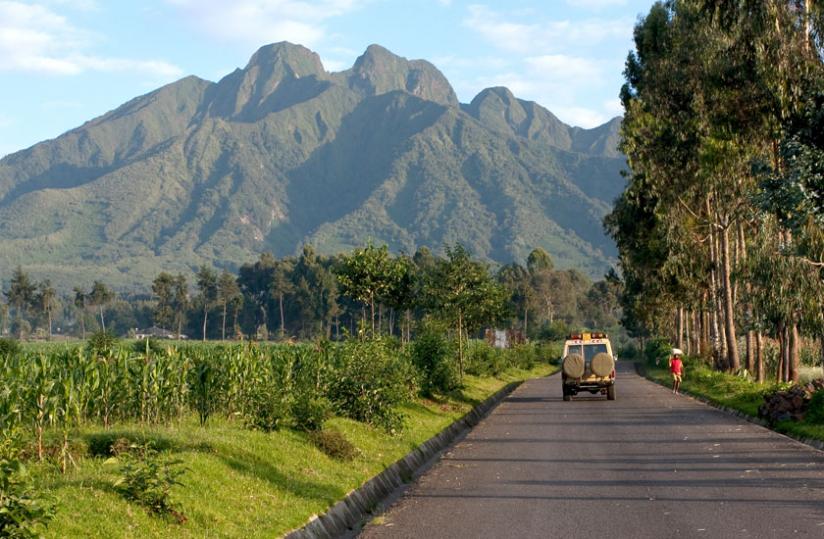Early this year, Rwanda, Uganda and Kenya entered arrangement to market the three countries as a single tourist destination, but little was said on how key stakeholders would put this into practice.


Early this year, Rwanda, Uganda and Kenya entered arrangement to market the three countries as a single tourist destination, but little was said on how key stakeholders would put this into practice.
Last week, Serena Hotels, a leading regional investor in the hospitality industry, partnered with the national carrier, RwandAir, and met local tour and travel operators to enhance their knowledge region’s tourist attractions.
According to Rosemary Mugambi, the director of sales and marketing at Serena Hotels, the meeting aimed at giving tour operators opportunity to grow their businesses regionally.
"We want travel agents and tour operates to know what Uganda, Kenya and Rwanda offer in terms of tourism and how they can market all these countries,” Mugambi said.
Under the single visa, a tourist to the three countries pays $100 at the country of entry or the respective foreign missions abroad. Previously, Uganda and Kenya charged $50 while it cost $40 in Rwanda.
This initiative calls for private sector participation, but stakeholders need to know how to go about the business of marketing the region as a single product.
According to Joseph Birori, the chairperson of Rwanda Tours and Travel Association, knowing tourist attractions the three countries offer empowers tour operators to effectively market the region.
"Discussing the opportunities presented by the single tourist visa also gives us a chance to understand how to sell them better to visitors,” Birori said.
East Africa has a variety of tourist attractions, including the rare mountain gorillas, cultural and historical sites as well as a beautiful coast line, but not all tour operators have a full knowledge of this rich potential.
"Take an example of Masai Mara National Park or Mombasa beaches on the Indian Ocean in Kenya. On the other hand Rwanda and Uganda have mountain gorillas which are not in Kenya.
If you package all these and sell them jointly, they become more appealing compared to when they are marketed individually; and they also give visitors a more interesting experience,” Birori said.
He added that the approach means that the three countries complement each other, "which is a great thing because many tourists want to see as many things as possible.”
While operators say it may be too early to predict the impact of the joint tourist visa on the number of visitors to the three countries, the ease with which tourists get visa clearance can be felt.
"I cannot tell whether numbers have increased or not, but it has facilitated smooth visits to the three countries because tourists don’t have to go to three embassies for visas. The convenience is there, and I am sure there could be some increase in the number of visits,” Birori said.
Alice Katiti of Rwandair told The Sunday Times that the airline is positioning itself to boost regional integration.
"We promote the single tourist visa initiative because it will enhance traffic flow within the region. Once we get East Africans to move around the region, the region become more united and attractive to outsiders,” she said.
Statistics from the Rwanda Development Board indicated that tourism earned the country $293.6 million last year, up from $281.8 million in 2012.
Records at the Directorate of Immigration and Emigration indicate that Rwanda hosted 1,137,000 visitors in 2013, up from about 1,076,000 in 2012. This was an additional of 61,000 visitors or an increase of 6 per cent.
editorial@newtimes.co.rw


